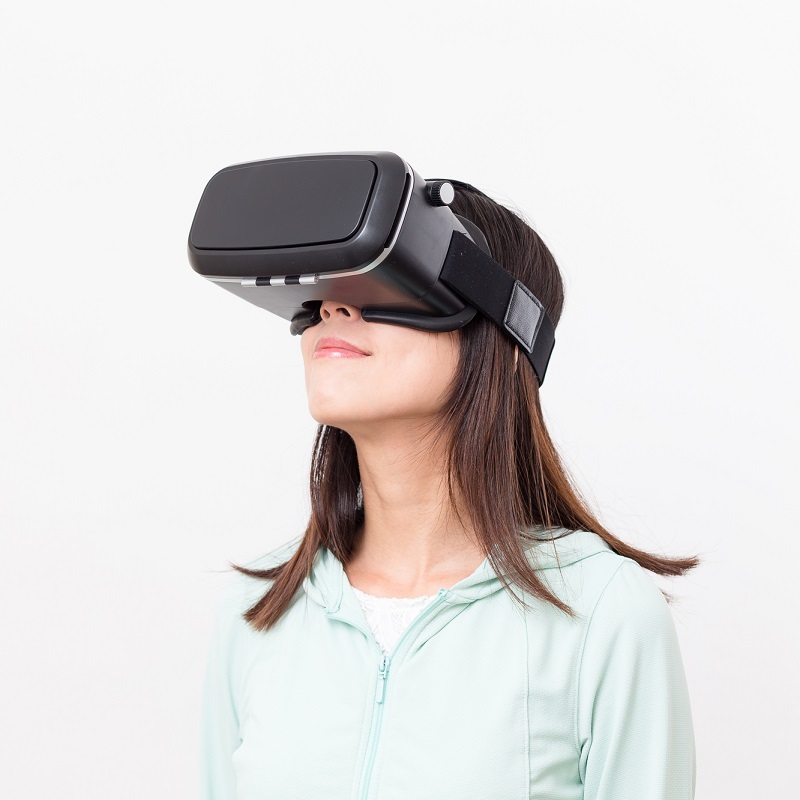Virtual Reality (VR) is a technology that has been around for decades and has made a difference across a number of industries, including healthcare. In the 1990s, there was a brief boom in the number of people using VR, however, technical limitations and the common side effect of making users feel nauseous meant that the popularity of this technology soon faded.
In recent years, virtual reality has come back with a bang and this time it has the technology behind it to make it work more efficiently. This new generation of VR tech has some surprising benefits to the healthcare sector and looks set to revolutionise medicine over the coming years.
The benefits of virtual reality in healthcare
Virtual reality medical training
Being able to get hands-on, realistic experience without having to put people at risk is made possible with the use of VR. The medical sector has welcomed virtual reality technology with open arms and it’s now a valuable tool for training institutions to turn students into the medical experts of the future. VR can simulate operational procedures and help to diagnose conditions, and in 2016 a cancer surgeon even performed an operation using a VR camera. This allowed viewers to participate in the operation in real time. The operation highlights just how invaluable using VR as a teaching tool can be.
Virtual reality preventative medicine
Researchers studying diseases and medicines are using VR technology to assist with creating cures and medicines. Virtual reality enables a researcher to experiment in a safe environment with no risk to anyone. They can also operate on the micro level via simulation and computer programmes which means that they can see how diseases work on the smallest scales imaginable.
Entertaining and calming patients
As a hospital patient, time can really slow down as you wait to be allowed home. You miss your family and friends and are likely worried about your condition. To help alleviate the boredom and stress felt by hospital patients, some hospitals in the US have introduced VR. When wearing VR goggles, a patient can escape the confines of the hospital ward and explore an amazing virtual world. The reduction in stress and pain can also be beneficial to the healing process.
Beating phobias
VR’s ability to effectively dupe the brain into thinking that what you’re seeing is real can be used to help people beat their fears. Experiments on people suffering from a fear of heights have been successful and trials to help people beat their fear of spiders and other animals have also shown promising results.
The potential medical benefits of virtual reality are vast and, as the technology is always improving, it could soon be adapted even further to treat a whole range of conditions.
For more insights into technology in the healthcare industry, take a look at our blog.











